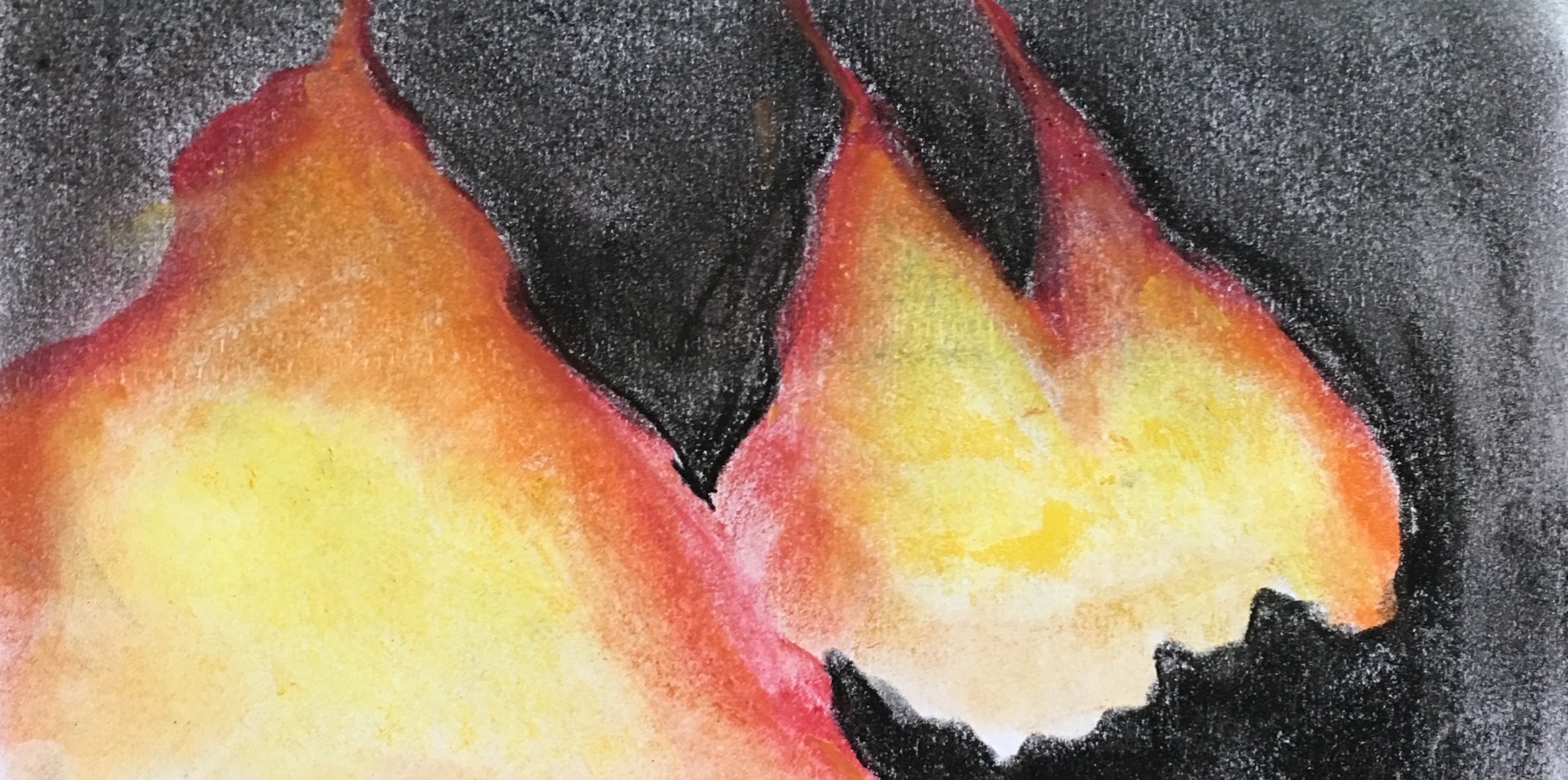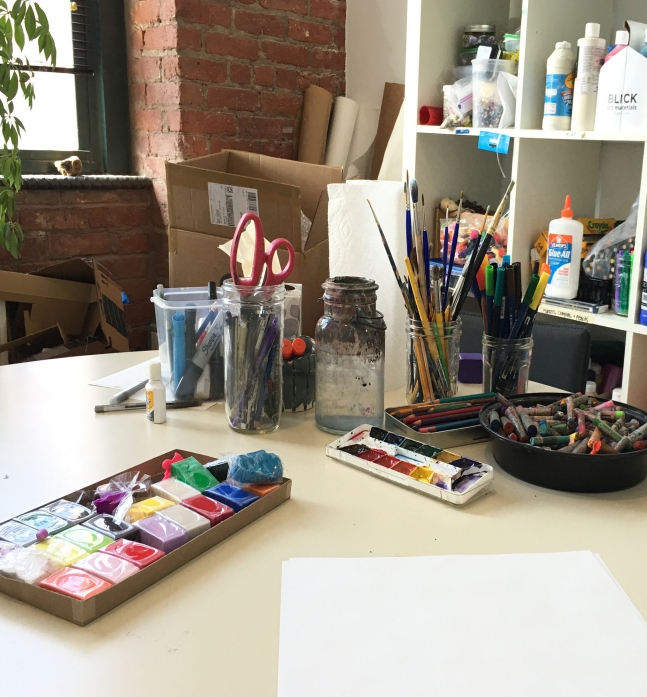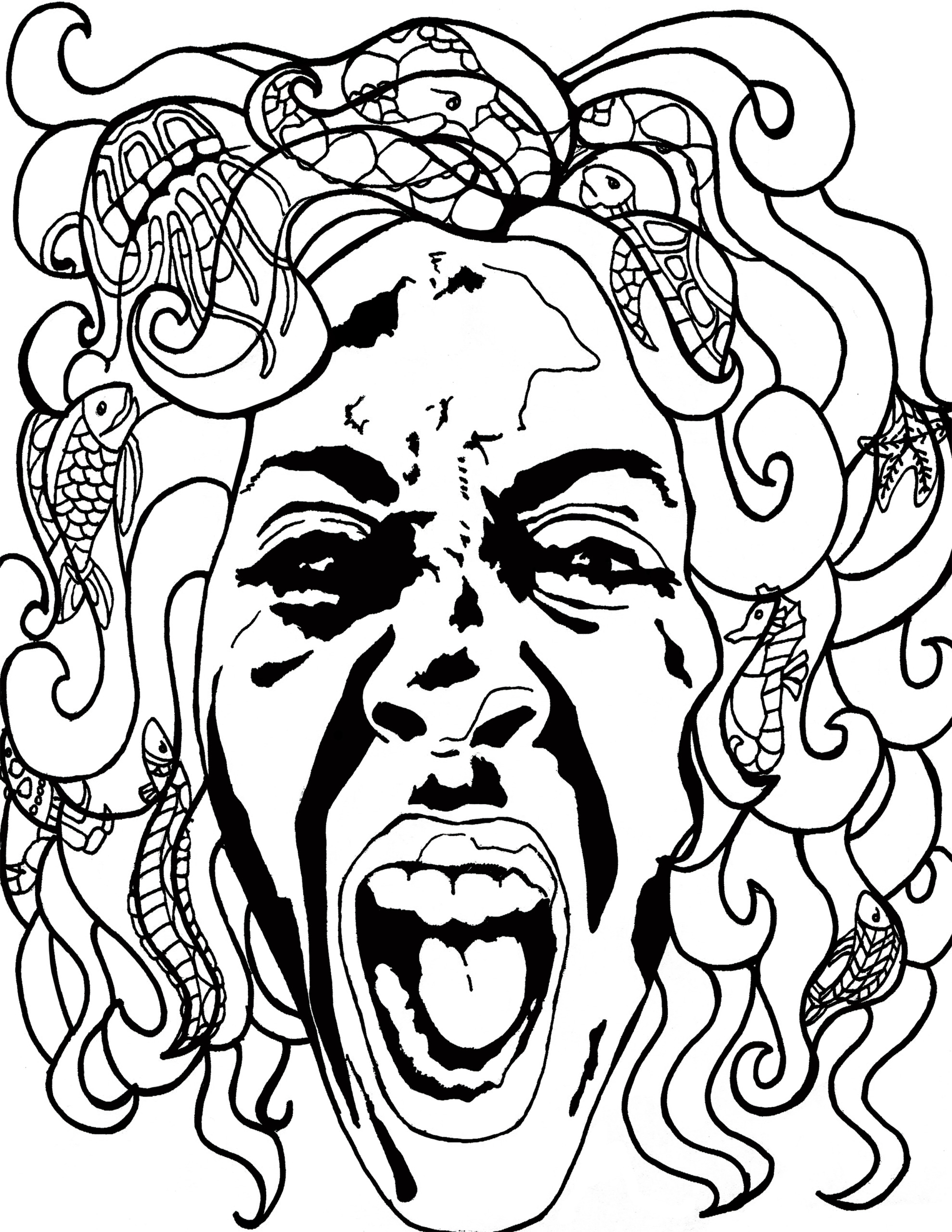
Art Therapy
Find an Art TherapistImages communicate beyond words through personal symbols and metaphors that can be the path out of emotional turmoil.
They say a picture is worth a thousand words. Art museums are filled with paintings and sculptures that capture moments of conflict, horror, passion, and confusion. In art therapy, all media are welcome: pencil, collage, weaving, plaster, photography, digital art, printmaking, animation, and more. Recovery from loss, trauma, or other life stressors is not a linear process, and art can hold multitudes. Getting messy with paint, drawing a diagram, or playing with personal symbols and metaphors can all be paths out of emotional turmoil. To find meaning and logic in the confusion of life may involve playing in the not-yet-known with curiosity, an open mind, and a skilled art therapist as your co-pilot.
Art Therapy incorporates creativity, art making, and problem solving with traditional psychotherapy. In New York State, Art Therapists are Mental Health Practitioners licensed since 2006.

Make Art during therapy sessions
Having therapy in an art studio creates a sense of endless possibility. By interacting with materials, clients have the choice to play it safe, with materials they know and love, or take a leap and stretch into new territory by trying something completely new. Together with your therapist, you will set a pace of exploration that is right for you.
“Play may seem trivial and unproductive, silly and impractical, in large part because it is unpredictable. But this is precisely why it is so valuable… To be creative encourages a new kind of awareness.“

Art Therapy FAQs
What is art therapy and how does it work?
Art therapy is a specialized form of psychotherapy that combines traditional talk therapy with the use of non-verbal, creative interventions to deepen exploration, aid problem solving, and increase self-awareness and coping skills. It works by allowing clients to get out of their heads and use new ways of thinking and processing.
Who can benefit from art therapy?
Anyone of any age can benefit from art therapy. No previous skills are required! It is the experimentation and play involved in making art that is important for self-discovery and growth. By stretching out of one’s comfort zone, new skills can be learned and perspectives can shift. It’s especially useful for people who have felt stuck in place in their lives or in a situation.
Will insurance pay for art therapy?
Our practice accepts multiple different insurance plans. Our sessions are billed to insurance using the same codes as regular psychotherapy sessions, and therefore reimbursement and coverage are similar if not identical to other more traditional types of therapy.
How much training does an art therapist have?
Art therapists in NY state have a masters degree, and post-graduate supervised experience that qualifies them for licensure by the NYS Office of Professions. Art therapists can also be board certifed on the national level (ATR-BC) to practice in states other than New York. NYS Licensed art therapists (LCAT) are required to get ongoing continuing education training to maintain their license. Art therapists have training on par with the other licensed professionals in New York who practice psychotherapy.
Is art therapy a substitute for traditional talk therapy?
Yes, art therapy can be a great substitute for traditional talk therapy. Sometimes talking can get you stuck in your head, where you may understand the issue but not be able to take action on the changes necessary to improve your situation. Because art therapy is action based, it allows you to connect better with the part of you that can be an active participant in making change in your life, by taking calculated risks and exerimenting with new ways of responding to stressors.
How long does art therapy treatment typically last?
It’s hard to predict how long art therapy treatment lasts, as it varies based on each individual and what they are working on. Some changes can feel very immediate, especially around new insight and understanding. Maintaining these changes and seeing them through can take longer, and sometimes requires the guidance of a therapist over a longer period of time. And some clients love using art therapy for maintenance or just as a way to stay more connected to themselves on an ongoing basis.
Is art therapy for children?
Art therapy is not only for children. Most children can benefit from art therapy because play and creativity are their first languages. Adults often lose connection with their innate creativity and ability to play, as the pressures of real life take precedence, but play and creativity are important coping skills to rely on when confronted with challenges, big life changes, or simply as a way to recharge and regroup.
What materials are used in art therapy?
Art therapists are trained to use a wide range of materials so they can work with those best suited to the needs of each client. Some materials are messy and help people get out of their heads and into their emotions and body. Other materials are good for organizing one’s thoughts and getting clarity on an action plan. Your therapist will work with you to determine which materials are best for you, whether to help you feel comfortable, or help you stretch yourself safely.
What are the goals of art therapy?
The goals of art therapy are similar to those of traditional therapy: better self-awareness, access to a wider range of responses, help clarifying goals and ways to achieve them, and an overall increase in well-being and agency over your life. Your art therapist will work with you to set specific goals related to the issues you are coming into treatment for.
Send a Message
Please take a moment to answer a few questions so we can better help you.
"*" indicates required fields